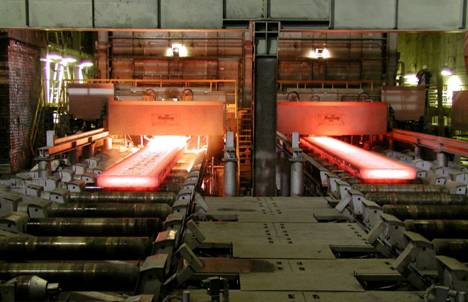Exports of semi-finished casting products are on the rise despite shortage in the domestic market.
In fact, shipments destined abroad have increased so much that there are not enough semis to feed the operational rolling mills in Iran.
Rebar producers have been most vocal, calling on the Ministry of Industries, Mining and Trade to prioritize domestic market demand over exports.
According to Managing Director of Kavir Steel Complex Ahmad Khourosh, nearly all state or quasi-state Iranian mills are engaged in exporting semis.
“This has caused about 70% of rolling mills to reduce production and working hours. Some mills have even stopped production altogether,” he was quoted as saying by the Persian daily Donya-e-Eqtesad.
The lingering slump in the domestic construction sector has subdued demand for semis in the past few years.
"Even semis that can be found in the market are mostly of low quality, as producers who use electric arc furnaces for production reserve their best commodities for exports," added Khourosh, who is also a board member of Iran Steel Producers Association.
EAF-made semis are of higher quality compared to products made using other methods of production in Iran.
Khourosh noted that ISPA members are scheduled to hold talks with ministry officials soon to navigate a path out of this conundrum.
Semis had the largest share in Iran’s steel exports in the fiscal 2016-17. Shipments were up 108% to 3.74 million tons, according to ISPA. Finished steel products, on the other hand, saw a comparatively meager growth of 16% to 1.79 million tons.
A focus on exports is part of Iran’s ambitious steel industry expansion plan. As part of the so-called 20-Year Vision Plan (2005-25), the industry is set to become the world’s sixth largest steelmaker by reaching an output capacity of 55 million tons by the deadline.
According to experts, Iran has to export at least 15 million tons by then to keep such a production volume economically viable.


